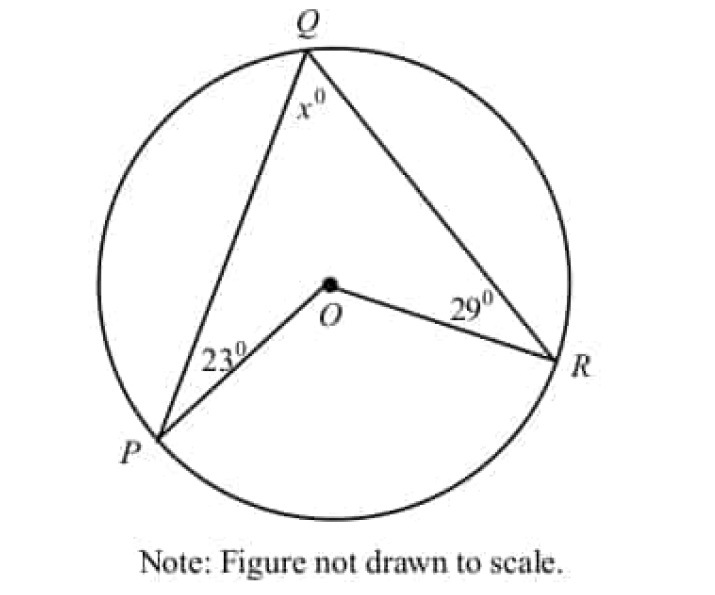EQUATIONS WITH RATIONAL NUMBERS
In this section, we will learn how to solve an equation with variables on both sides that involves rationals numbers (fractions and decimals).
Example 1 :
Solve for n :
7n/10 + 3/2 = 3n/5 + 2
Solution :
Step 1 :
Find the least common multiple of the denominators (10, 2 and 5).

Least common multiple = 5 x 2 x 1 x 1 x 1
= 10
Step 2 :
Multiply both sides of the equation by 10 to get rid of the denominators 10, 2 and 5.
10(7n/10 + 3/2) = 10(3n/5 + 2)
Use distributive property.
10(7n/10) + 10(3/2) = 10(3n/5) + 10(2)
Simplify.
7n + 5(3) = 2(3n) + 20
7n + 15 = 6n + 20
Step 3 :
Use inverse operations to solve for 'n'.
7n + 15 = 6n + 20
Subtract 15 from both sides.
7n = 6n + 5
Subtract 6n from both sides.
n = 5
Example 2 :
Solve for k :
k/7 - 6 = 3k/7 + 4
Solution :
Step 1 :
Find the least common multiple of the denominators.
Here, we have the same denominator on both sides. That is 7.
So, LCM = 7.
Step 2 :
Multiply both sides of the equation by 7.
7(k/7 - 6) = 7(3k/7 + 4)
Use distributive property.
7(k/7) - 7(6) = 7(3k/7) + 7(4)
Simplify.
k - 42 = 3k + 28
Step 3 :
Use inverse operations to solve for 'k'.
k - 42 = 3k + 28
Subtract 28 from both sides.
k - 70 = = 3k
Subtract k from both sides.
-70 = 2k
Divide both sides by 2.
-35 = k
Example 3 :
Solve for n :
0.7n + 0.33 = 0.3n + 0.5
Solution :
Step 1 :
In the second term 0.33 on the left side, we have two digits (more number of digits) after the decimal.
So, multiply both sides of the equation by 100 to get rid of the decimal point.
100(0.7n + 0.33) = 100(0.3n + 0.5)
100(0.7n) + 100(0.33) = 100(0.3n) + 100(0.5)
70n + 33 = 30n + 50
Step 2 :
70n + 33 = 30n + 50
Subtract 33 from both sides.
70n = 30n + 17
Subtract 30n from both sides.
40n = 17
Divide both sides by 40.
40n/40 = 17/40
n = 0.425
Example 4 :
David walks from his house to the zoo at a constant rate. After walking 0.75 mile, he meets his brother Daniel, and they continue walking at the same constant rate. When they arrive at the zoo, David has walked for 0.5 hour and Daniel has walked for 0.2 hour. What is the rate in miles per hour at which the brothers walked to the zoo ?
Solution :
Step 1 :
Write an expression for the distance from the brothers’ house to the zoo, using the fact that distance equals rate times time.
Let r be the walking rate of both David and his brother Daniel.
Distance from the brothers’ house to the zoo
= 0.2r
Step 2 :
Write an expression for the distance from the David's house to the zoo, using the distance from his brother's house to the zoo.
Distance from Davids’ house to the zoo
= 0.75 + 0.2r -------(1)
Step 3 :
Write an expression for the distance from the David's house to the zoo, using David's total walking time 0.5 hour.
Distance from Davids’ house to the zoo
= 0.5r -------(1)
Step 4 :
Both (1) and (2) represent the distance from David's house to the zoo.
So, we have
(1) = (2)
0.75 + 0.2r = 0.5r
Step 5 :
In the first term 0.75 on the left side, we have two digits (more number of digits) after the decimal.
So, multiply both sides of the equation by 10² ( = 100).
100(0.75 + 0.2r) = 100(0.5r)
100(0.75) + 100(0.2r) = 50r
75 + 20r = 50r
Step 6 :
75 + 20r = 50r
Subtract 20r from both sides.
75 = 30r
Divide each side by 30.
2.5 = r
So, the brothers’ constant rate of speed was 2.5 miles per hour.
Kindly mail your feedback to v4formath@gmail.com
We always appreciate your feedback.
©All rights reserved. onlinemath4all.com
Recent Articles
-
Digital SAT Math Problems and Solutions (Part - 251)
Aug 08, 25 09:19 PM
Digital SAT Math Problems and Solutions (Part - 251) -
Digital SAT Math Problems and Solutions (Part - 250)
Aug 08, 25 08:05 AM
Digital SAT Math Problems and Solutions (Part - 250) -
Digital SAT Math Problems and Solutions (Part - 249)
Aug 07, 25 09:37 AM
Digital SAT Math Problems and Solutions (Part - 249)
